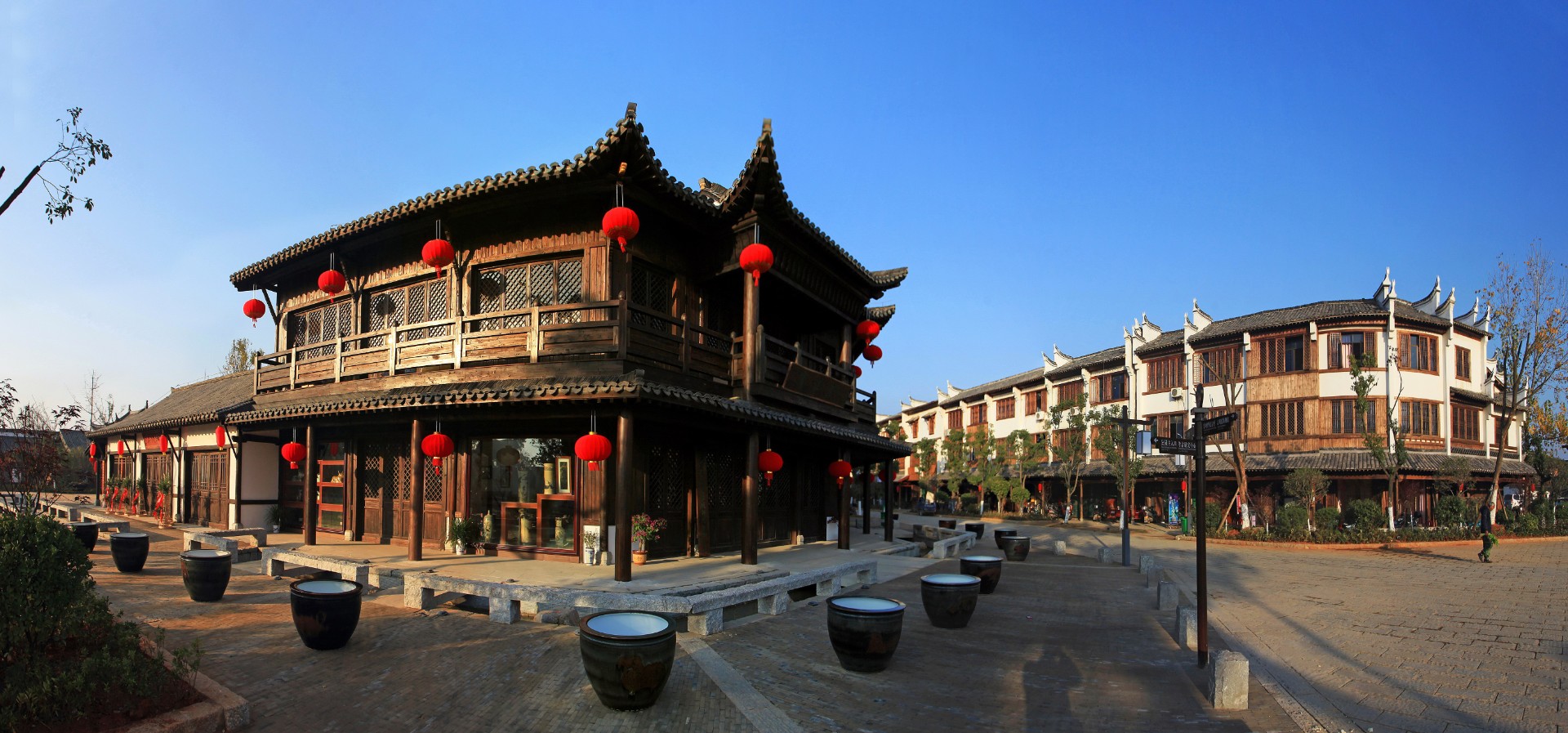-
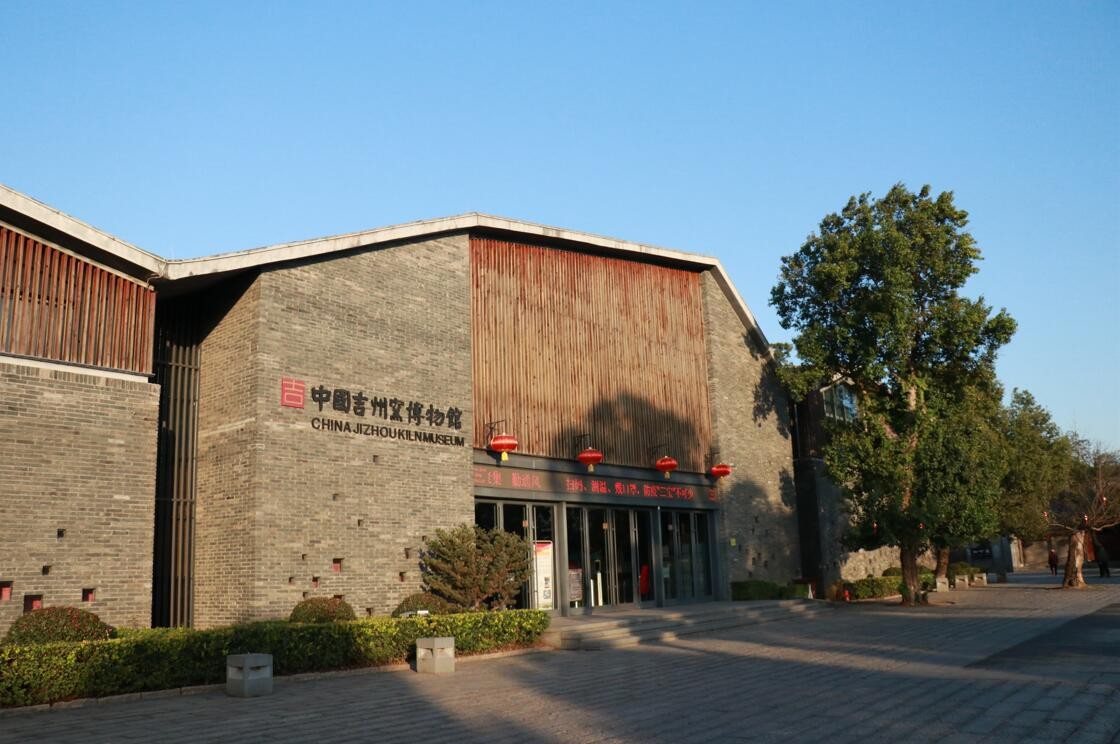
Jizhou Kiln Museum
The Jizhou Kiln Museum covers an area of approximately 5010 square meters, with a building area of approximately 6200 square meters and a courtyard style layout. The entire roof of the building resembles scattered kiln packages and irregular kiln sheds, and the neatly arranged small windows on the walls are like fire observation ports.
-
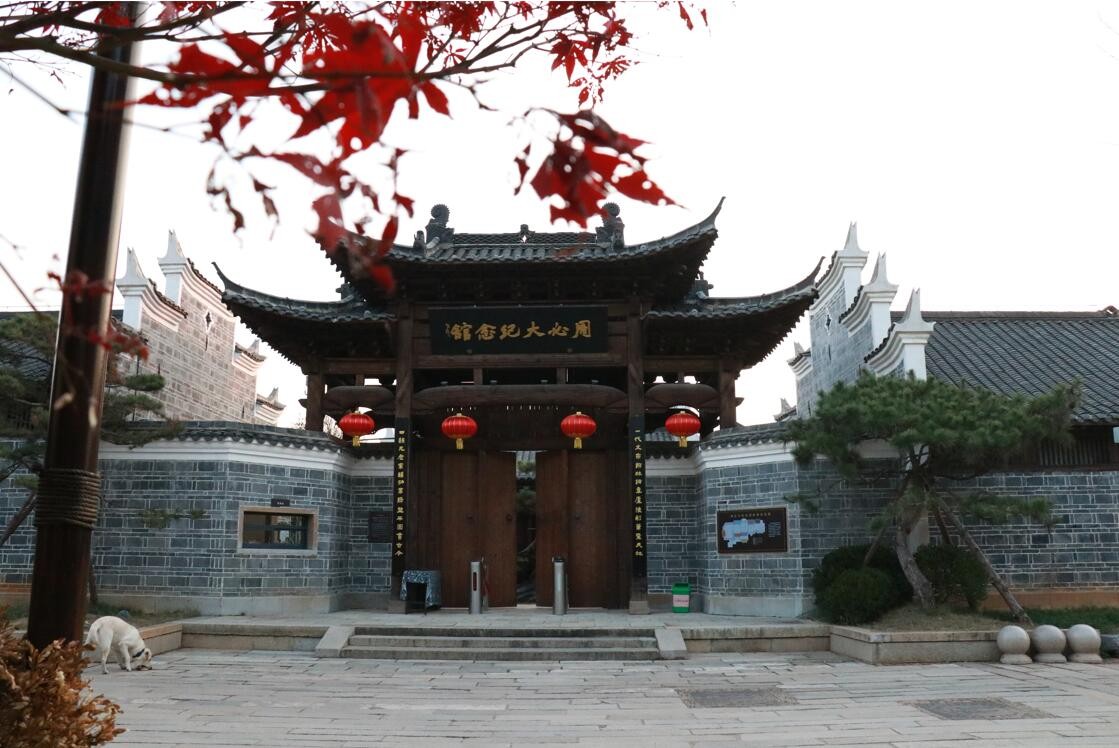
Zhou Bida Memorial Hall
Zhou Bida, with the courtesy name Zichong, was born in Yonghe, Luling. He went through four dynasties: Gaozong, Xiaozong, Guangzong, and Ningzong. He was a famous politician and literary figure in the Southern Song Dynasty, and another "encyclopedia style" figure in Jiangxi history after Ouyang Xiu. He was one of the famous "Five Loyalties and One Festival" in Luling.
-
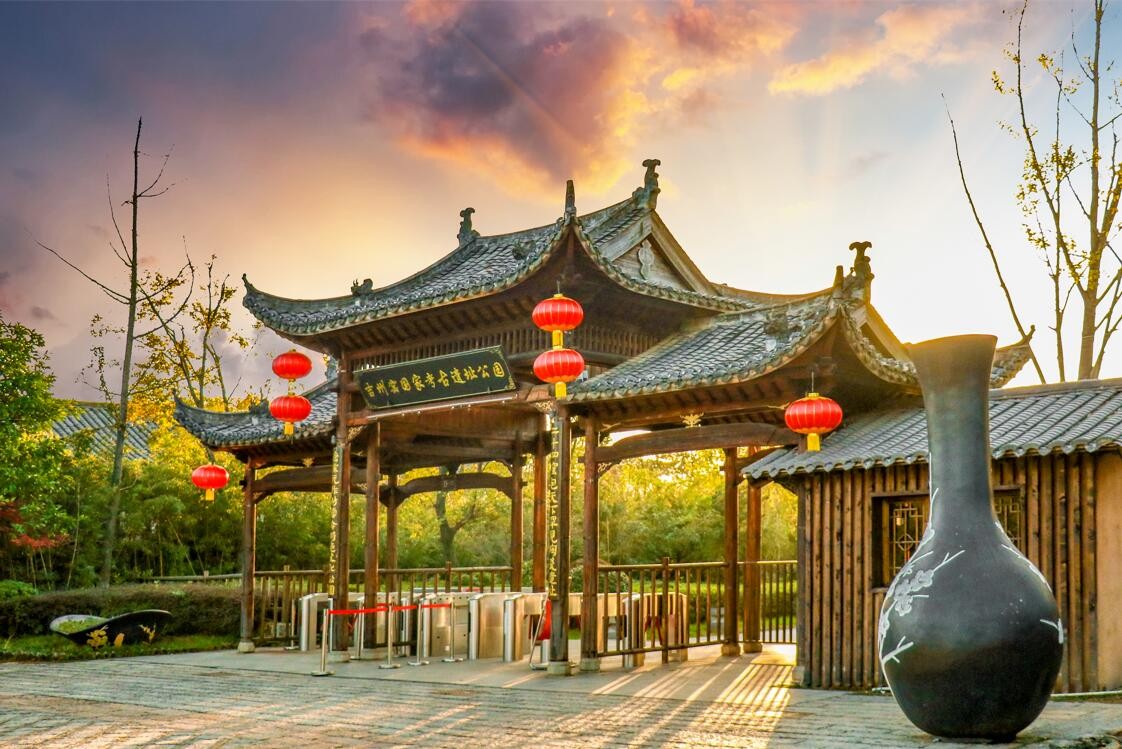
Jizhou Kiln National Archaeological Site Park
The core area of Jizhou Kiln Scenic Area covers an area of approximately 205 acres and was listed as a national archaeological site park in 2017.
-
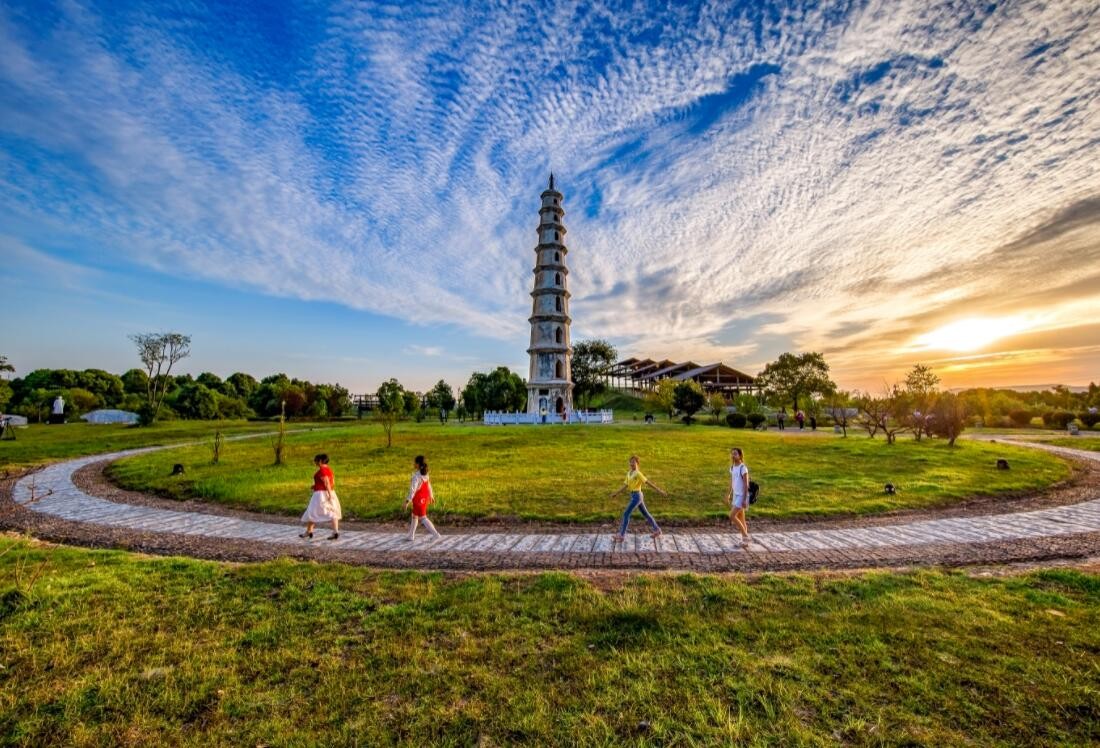
Benjue Temple Pagoda
On the north side of this tower, there used to be Benjue Temple, hence the name "Benjue Temple Pagoda". According to legend, it flew from Taihe (now Taihe) County, hence it is also known as the "Flying Tower".
-

Song Street
Yonghe Town was the location of Dongchang County during the Eastern Han Dynasty. During the Southern Song Dynasty, Jizhou kiln ceramics reached their peak, and Yonghe Ancient Town flourished and became known as the "Three Towns of the World" along with Foshan in Guangdong and Hankou in Hubei.
-
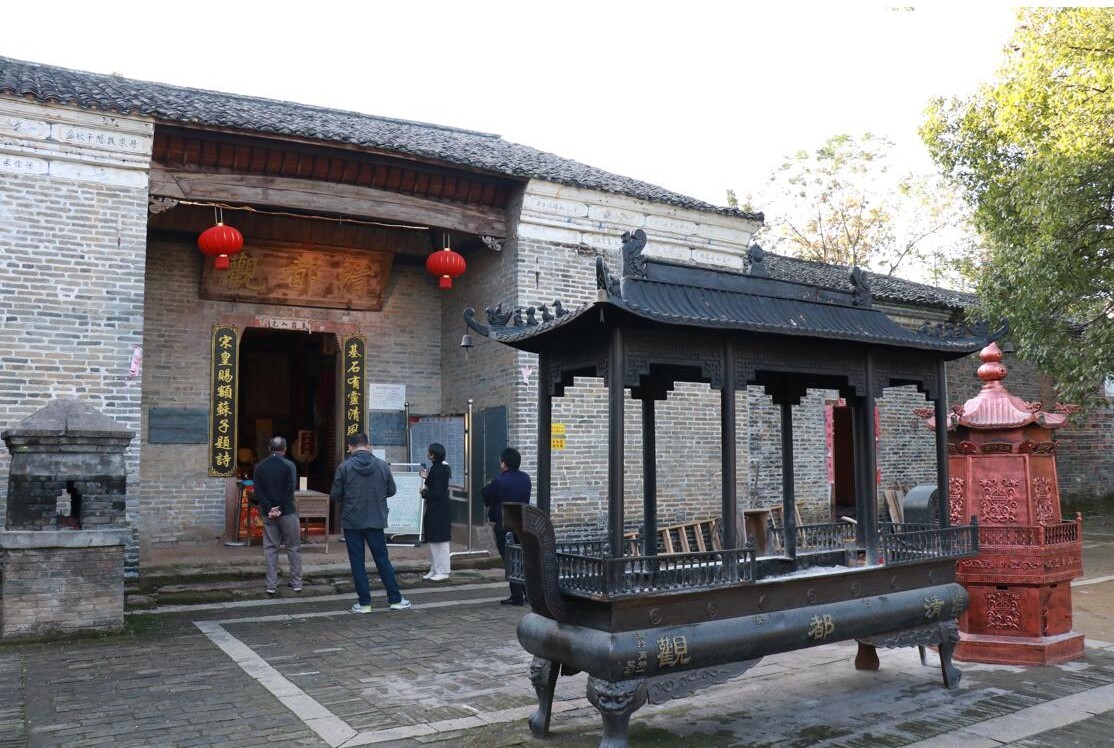
Qingdu Temple
The Qingdu Temple is a famous Taoist temple in the Jiangnan region. It was first built during the Southern Tang Dynasty (937-975) and underwent three renovations in the 24th year of the Hongwu reign of the Ming Dynasty (1391), the 17th year of the Qianlong reign of the Qing Dynasty (1752), and the 10th year of the Guangxu reign (1884), with six inscriptions on it.
-
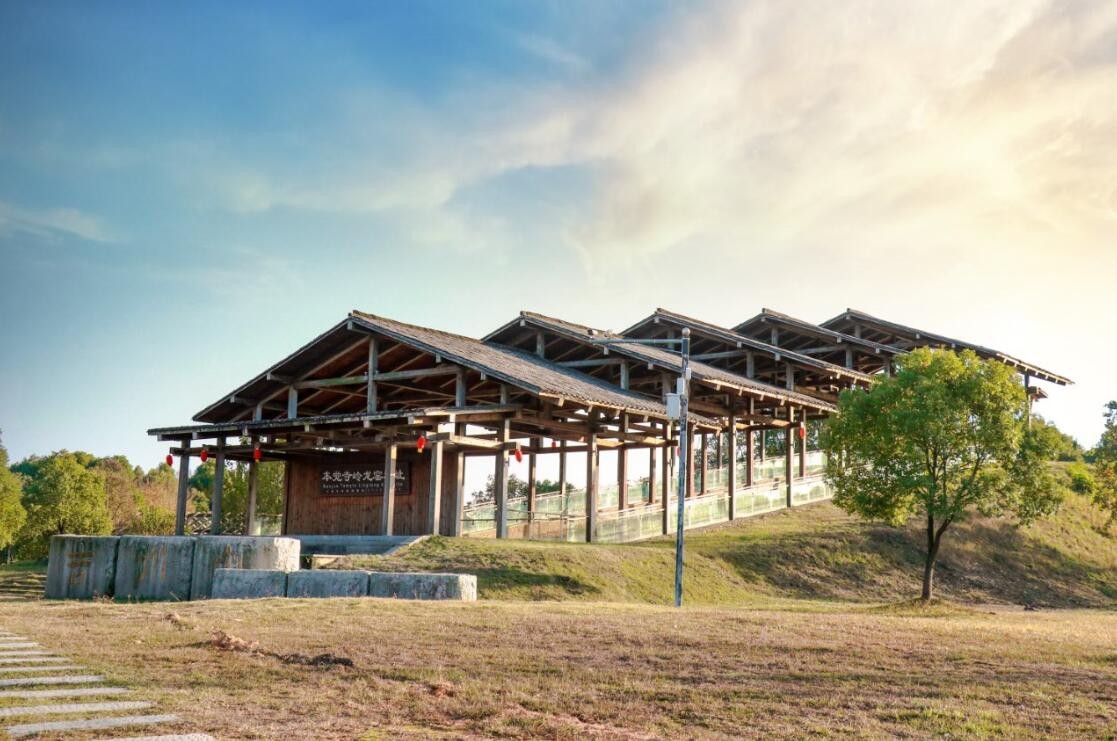
Benjuesiling Dragon Kiln
The Benjue Temple Dragon Kiln, located next to the Benjue Temple Pagoda in Jizhou Kiln, was founded and burned in the late Tang Dynasty. It flourished during the Five Dynasties and Northern Song Dynasties, reached its peak in the Southern Song Dynasty, and was finally burned until the end of the Yuan Dynasty. It has a firing history of over 1200 years.
-
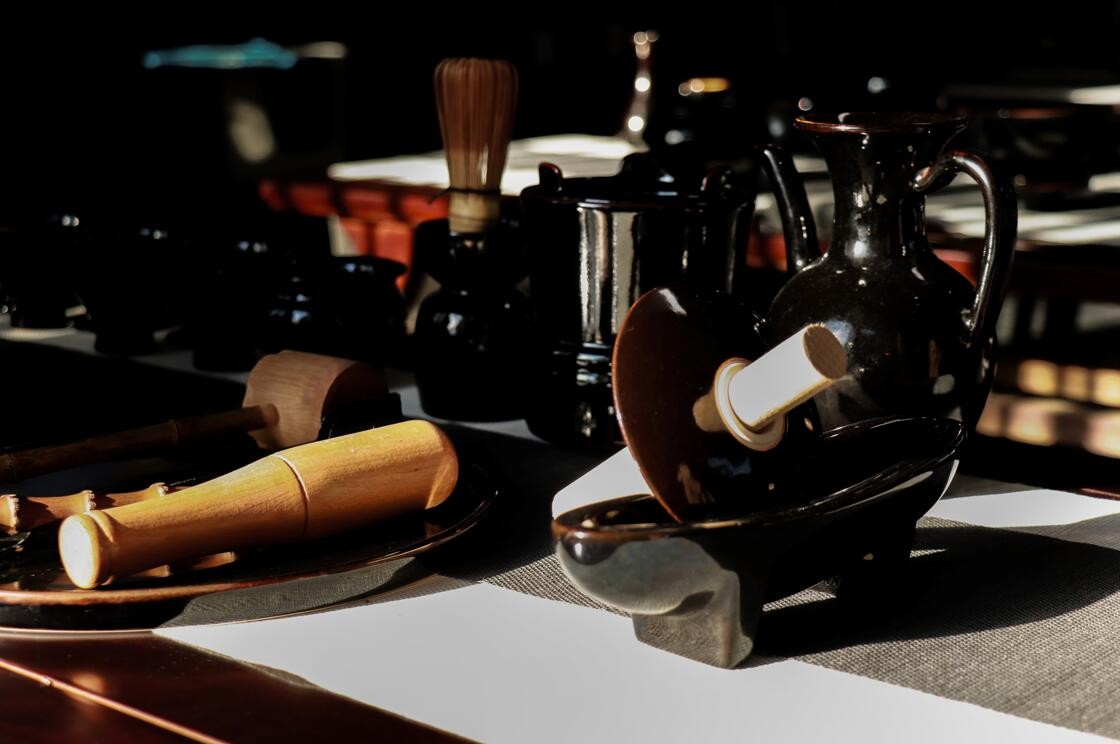
Jizhou Kiln Ancient Tea Porcelain Museum
Intended to showcase the characteristics, connotations, evolution, inheritance, and development process of Jizhou kiln tea porcelain culture in the form of over 300 pieces of Song and Yuan ancient tea sets, continuously exploring, protecting, and promoting the intangible cultural heritage of Jizhou kiln.
-
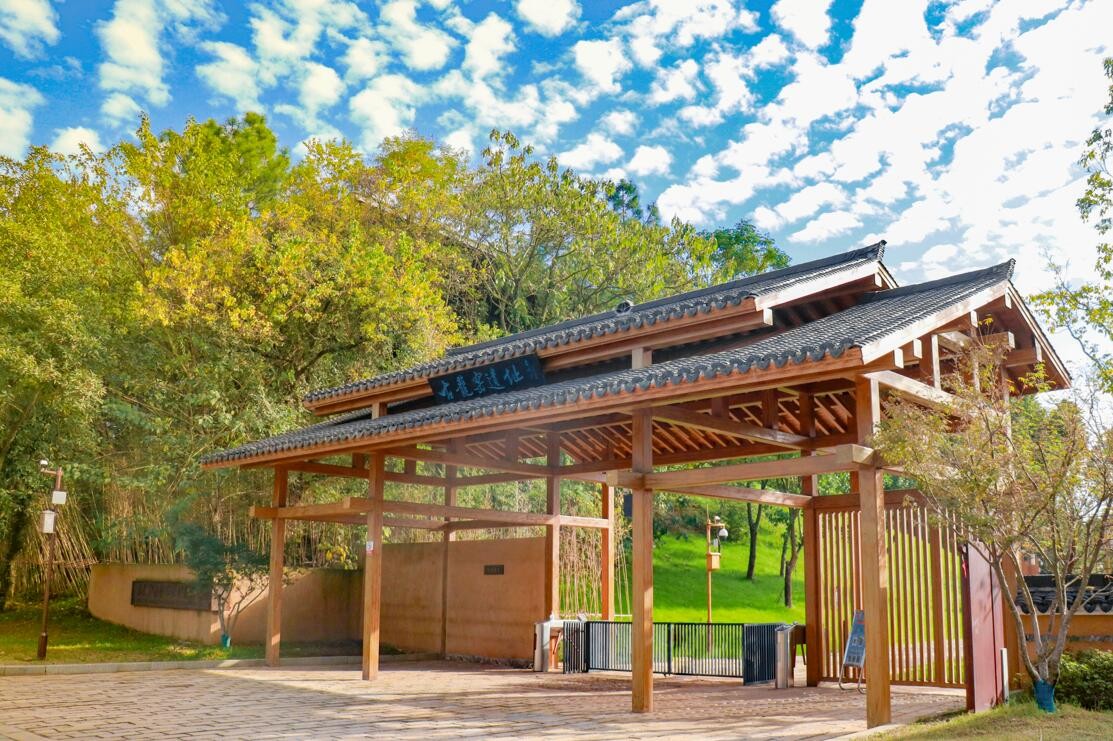
Mao'anling Ancient Dragon Kiln
The Mao'anling Dragon Kiln Site is currently one of the widest, best preserved, and most difficult to construct dragon kiln relics discovered in China. It is also the most important, shocking, and concentrated dragon kiln site in Jizhou Kiln Site.
-
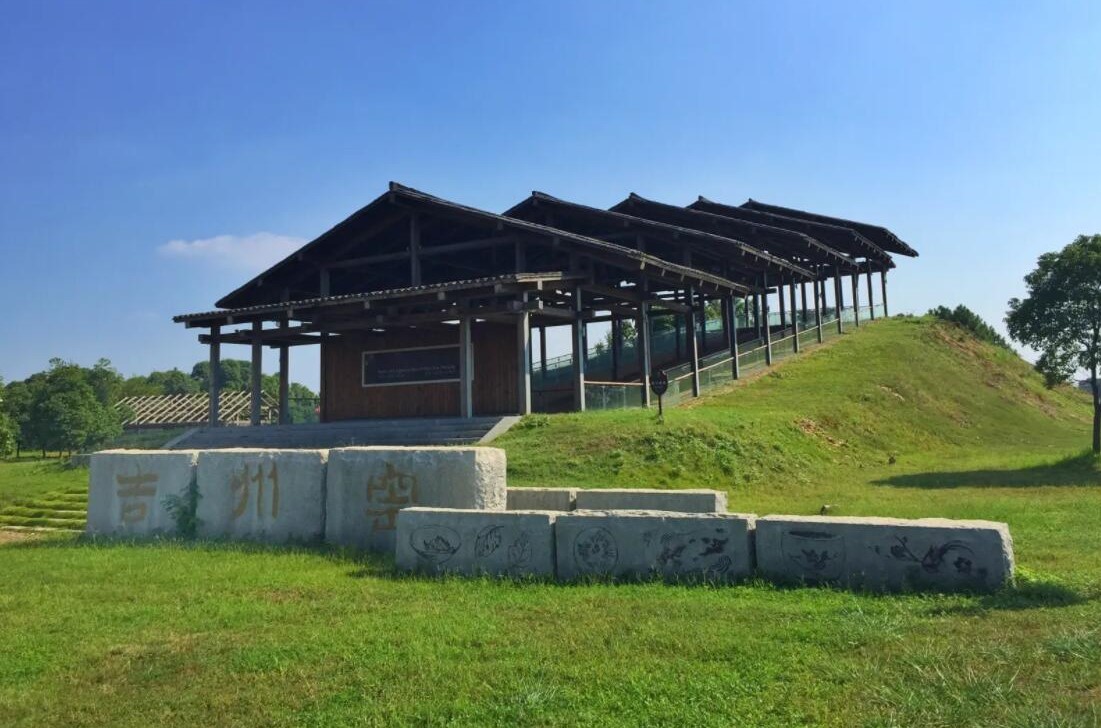
Introduction to 24 Kiln Packages
Through the investigation of the dry pond, it can be seen that the ground at the edge of the pond, which is one or two feet thick, is filled with ceramic tiles. There is also a pile of porcelain pieces with a thickness of one foot in the surrounding farmland. From this point of view, the kiln site of Jizhou Kiln is not just the kiln ridge, but there may also be kiln foundations in other places.
-
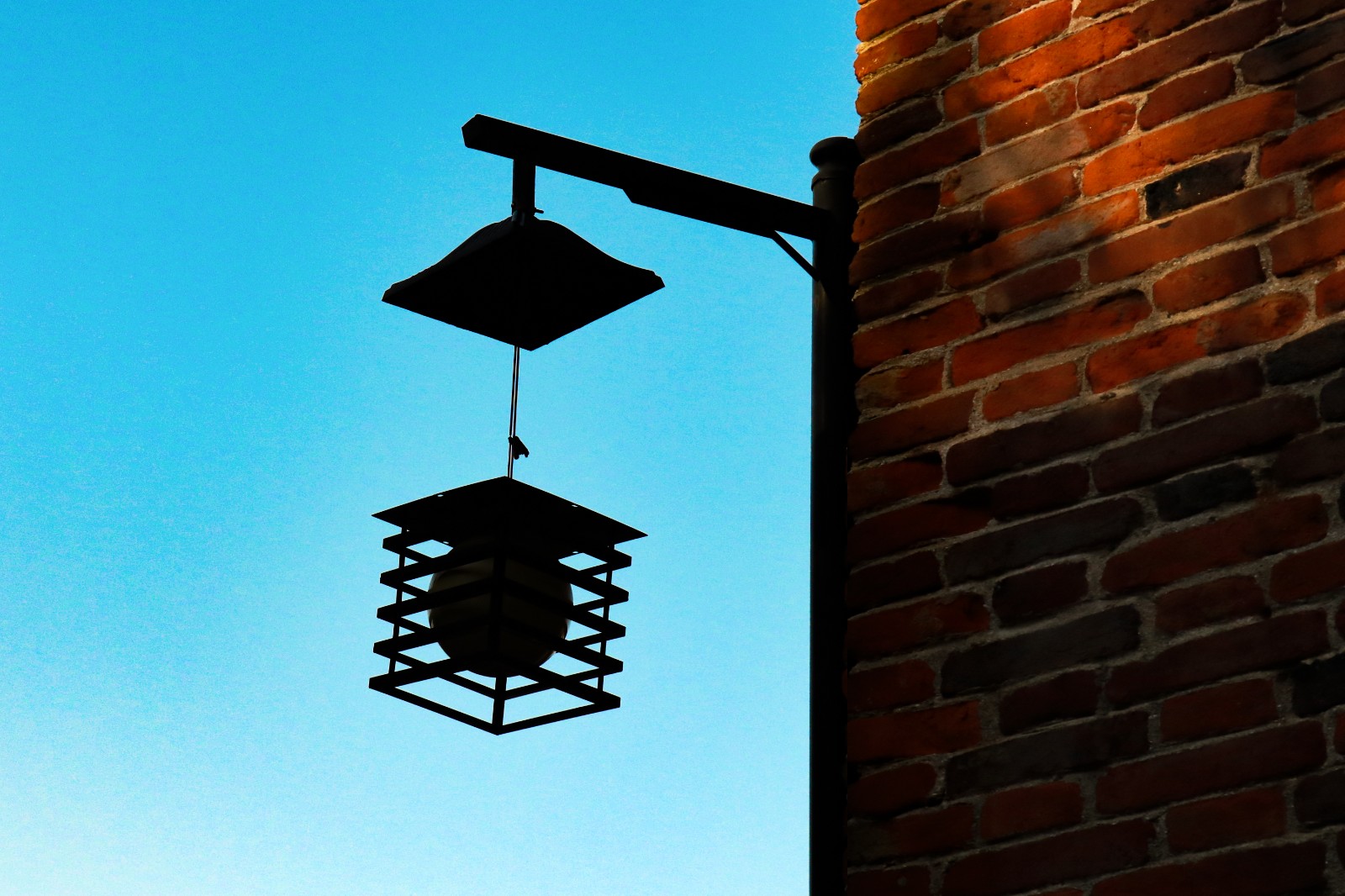
village
As a unique spiritual and cultural connotation, they make the village tradition rich and vivid, and are also the "living soil" that various "intangible cultural heritage" in the village cannot be separated from.
-
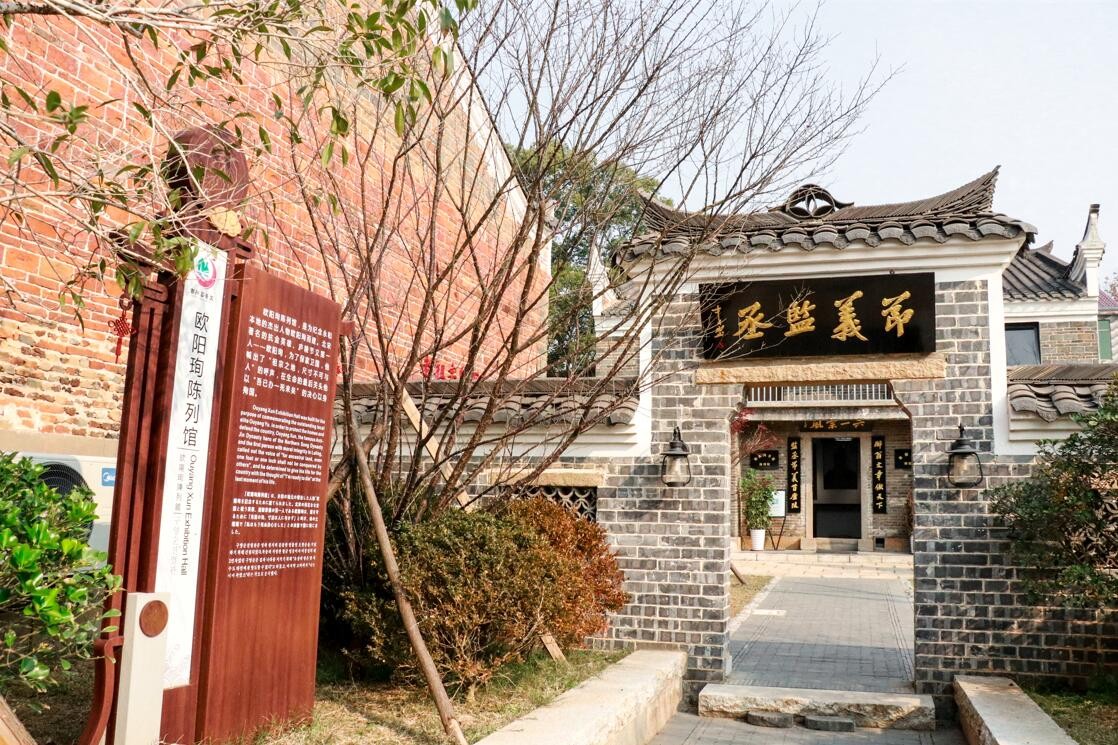
Ouyang Xun Exhibition Hall
Ouyang Xun, a famous anti Jin hero of the Northern Song Dynasty and the first person of the Luling Festival, shouted for the protection of his family and country, "The land of our ancestors cannot be compared in size to others." At the last moment of his life, he was determined to sacrifice himself for his country with the determination of "I have already died.".
